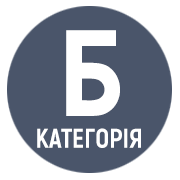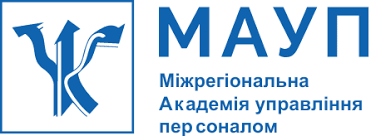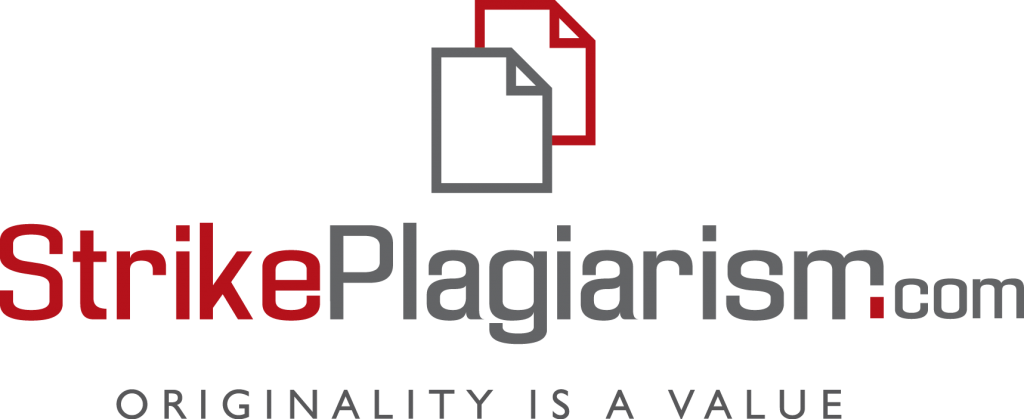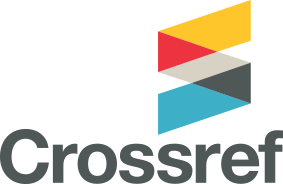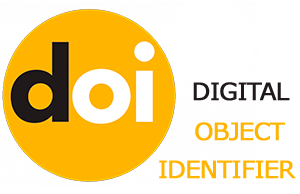EVOLUTION OF RISK CONCEPTS AND THEIR RELATIONSHIP TO IT PRODUCT QUALITY ASSURANCE
DOI:
https://doi.org/10.32689/maup.it.2025.2.9Keywords:
risk, software quality, risk classification, technical risks, organizational risks, external risks, IT project managementAbstract
The purpose of the study is to identify the relationships between key risk categories in the development of IT products and their quality indicators, with the subsequent development of a generalized risk classification and demonstration of a quantitative impact on software quality metrics. In today's conditions of digital transformation and the increasing complexity of information systems, classical approaches to risk management are losing their effectiveness due to the limited ability to take into account the dynamic interdependencies between risk factors, as well as due to the fragmentation of the analysis of certain types of threats. In this regard, the study focuses on the structural analysis of technical, organizational, and external risks in software development projects, using data from the latest empirical and applied publications.The research methodology is based on a systematic approach using content analysis of scientific sources, formalization of the typology of risks and modeling of their impact on the quality of the IT product. To substantiate the impact of risk categories on the key characteristics of software (reliability, maintainability, performance, etc.), a comparative analysis of the results obtained from peer-reviewed sources was used. Special attention is paid to risk interaction modeling, a multi-agent approach, machine learning for predicting systemic risks, and automated tools for assessing quality changes in the update cycle. The scientific novelty lies in the proposal of a unified three-component classification of risks (technical, organizational, external) as a basis for generalizing and comparing modern approaches to risk management in IT projects. In contrast to existing approaches, the proposed classification allows for the integration of both quantitative and qualitative assessments, and also reflects intercategorical relationships in complex engineering environments. Additionally, a formalized description of the method of constructing a table of comparative impact of risks, based on the transformation of data from empirical studies into percentage metrics of impact on quality, is provided.As a result of the analysis, it was confirmed that technical risks associated with architectural debt, code duplication and instability of changes have a significant impact on the structural and operational quality of the software. Organizational risks manifest themselves in the form of poor communication, ineffective leadership and unstable management. External risks are caused by the influence of the regulatory environment, market fluctuations and foreign policy. The proposed approach allows us to form a comprehensive vision of the structure of risks and their management as an integral part of ensuring the quality of IT products in the full life cycle.
References
Ahmed Moussa, Mohamed Ezzeldin, Wael El-Dakhakhni, Predicting and managing risk interactions and systemic risks in infrastructure projects using machine learning. Automation in Construction, 2024. Vol. 168, Part B, 105836, ISSN 0926-5805, https://doi.org/10.1016/j.autcon.2024.105836.
Ashraf Bany Mohammed, Yousef Alsafadi, Manaf Al-Okaily, Heba Al-Hyasat, Yunus Al-yahya, Ra’ed Masa’deh, Exploring the impact of organizational culture on the performance of information technology projects in Jordanian organizations. Telematics and Informatics Reports, 2025. Vol. 19, 100210, ISSN 2772-5030, https://doi.org/10.1016/j.teler.2025.100210.
Ayesha Ziana M., Charles J. Prioritization of Risks in Agile Software Projects Through an Analytic Hierarchy Process Approach. Procedia Computer Science, 2024. Vol. 233, P. 713–722, ISSN 1877-0509, https://doi.org/10.1016/j. procs.2024.03.260.
Jesper van der Zwaag, Frank Driesens, Bouwe Postma, Andrea Capiluppi, Refactoring cross-project code duplication in an industrial software product line: A case study from RDW. Journal of Systems and Software, 2025. Vol. 230, 112496, ISSN 0164-1212, https://doi.org/10.1016/j.jss.2025.112496.
Kewen Wang, Peng Dong, Weibing Chen, Rui Ma, Longyu Cui, Research on risk management of ship maintenance projects based on multi agent swarm model simulation method. Heliyon, 2024. Vol. 10, Issue 19, e38785, ISSN 2405-8440, https://doi.org/10.1016/j.heliyon.2024.e38785.
Li Guan, Alireza Abbasi, Michael J. Ryan, José M. Merigó, A dynamic risk interdependency network-based model for project risk assessment and treatment throughout a project life cycle. Computers & Industrial Engineering, 2025. Vol. 201, 110921, ISSN 0360-8352, https://doi.org/10.1016/j.cie.2025.110921.
Mehrdad Saadatmand, Muhammad Abbas, Eduard Paul Enoiu, Bernd-Holger Schlingloff, Wasif Afzal, Benedikt Dornauer, Michael Felderer, SmartDelta project: Automated quality assurance and optimization across product versions and variants. Microprocessors and Microsystems, 2023. Vol. 103, 104967, ISSN 0141-9331, https://doi.org/10.1016/j.micpro.2023.104967.
Miguel Saiz, Laura Calvet, Angel A. Juan, David Lopez-Lopez, A simheuristic for project portfolio optimization combining individual project risk, scheduling effects, interruptions, and project risk correlations. Computers & Industrial Engineering, 2024. Vol. 198, 110694, ISSN 0360-8352, https://doi.org/10.1016/j.cie.2024.110694.
Olayinka Olufunmilayo Olusanya, Rasheed Gbenga Jimoh, Sanjay Misra, Joseph Bamidele Awotunde, A neuro- fuzzy security risk assessment system for software development life cycle. Heliyon, 2024. Vol. 10, Issue 13, e33495, ISSN 2405-8440, https://doi.org/10.1016/j.heliyon.2024.e33495.
Renny Sari Dewi, Yogantara Setya Dharmawan, A Proposed Model for Embedding Risk Proportion in Software Development Effort Estimation. Procedia Computer Science, 2024. Vol. 234, P. 1777–1784, ISSN 1877-0509, https://doi.org/10.1016/j.procs.2024.03.185.
Rodi Jolak, Simon Karlsson, Felix Dobslaw, An empirical investigation of the impact of architectural smells on software maintainability. Journal of Systems and Software, 2025. Vol. 225, 112382, ISSN 0164-1212, https://doi.org/10.1016/j.jss.2025.112382.
Samiul Alim Lesum, Sayeda Rahnuma Akthar, Muhammad Rezaul Islam, Farzana Sadia, Mahady Hasan, Project Governance to Improve the Performance of Software Projects by Mitigating the Software Risk Factors: The Moderating Role of Project Leadership. Procedia Computer Science, 2024. Vol. 239, P. 1863–1870, ISSN 1877-0509, https://doi.org/10.1016/j.procs.2024.06.368.
Simon Burgis, Hans Rübberdt, Christoph Gaedigk, Louis Keuper, Georgette Naufal, Jonko Paetzold, Xanthi Oikonomidou, Benjamin Bastida Virgili, MAS–A mission analysis software for collision risk quantification and impact assessment of rule-based decision-making for collision avoidance. Journal of Space Safety Engineering, 2025. ISSN 2468-8967, https://doi.org/10.1016/j.jsse.2025.04.007.
Tomas Gustavsson, Muhammad Ovais Ahmad, Hina Saeeda, Job satisfaction at risk: Measuring the role of process debt in agile software development. Journal of Systems and Software, 2025. Vol. 222, 112350, ISSN 0164-1212, https://doi.org/10.1016/j.jss.2025.112350.
Wenxuan Guo, Navigating dual pressures: The impact of environmental policies and market demand risks on the sustainable development of green building materials – A case study of the green cement industry. Heliyon, 2025. Vol. 11, Issue 2, e41942, ISSN 2405-8440, https://doi.org/10.1016/j.heliyon.2025.e41942.
Downloads
Published
How to Cite
Issue
Section
License
Copyright (c) 2025 Юрій КІШ, Ігор ЛЯХ

This work is licensed under a Creative Commons Attribution 4.0 International License.
